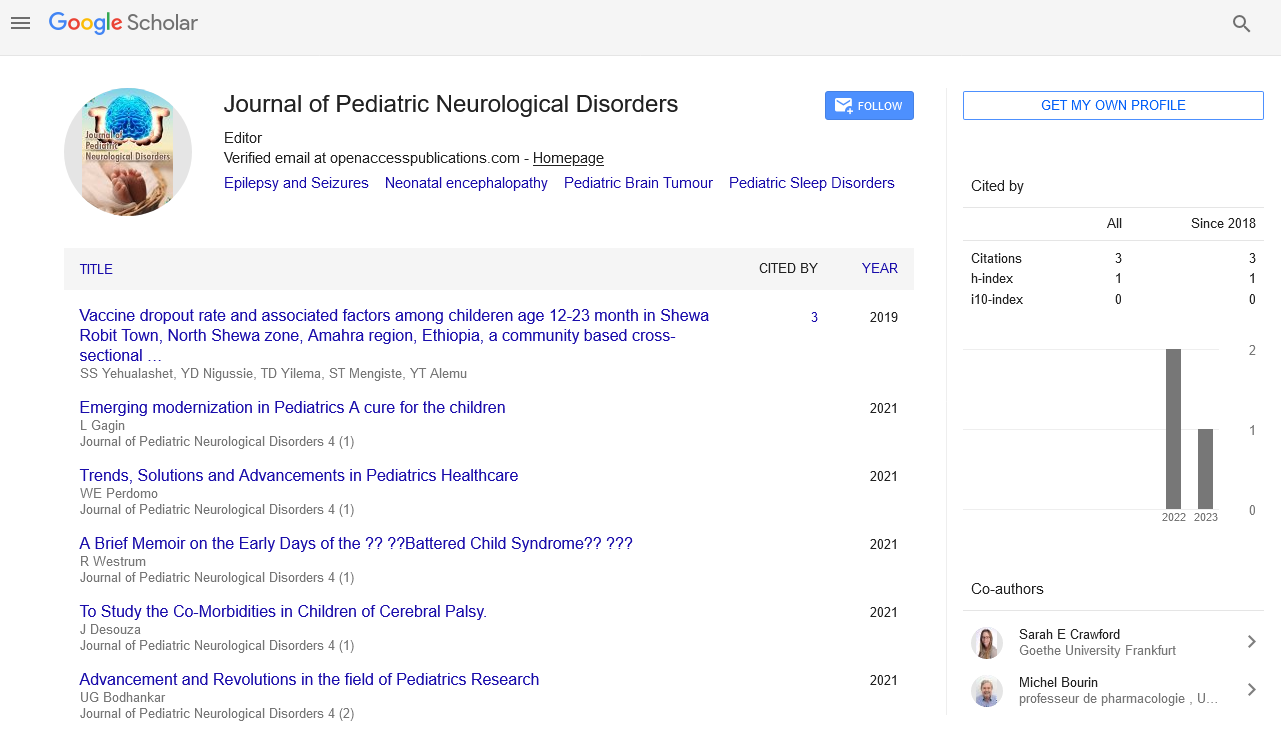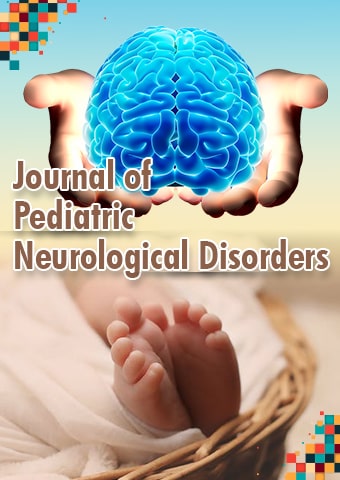Short Article - Journal of Pediatric Neurological Disorders (2020) Volume 3, Issue 1
Illuminate riddles of Alzheimer's and Dementia
Tammi C. McGill-Carter
Family Focus, Inc, Valparaiso, In Lake County Medical Reserve Corps, Indiana Autism Society of Indiana, USA
Abstract
On this planet one person develops dementia every 3 seconds, and in that 70 percent have been identified as Alzheimer's. An estimate has been given that 46.8 million people live with Dementia in 2017 and this figure is projected to be close to 50 million people in 2019. About that number will double every 20 years, hitting 75 million by 2030 and 131,5 million by 2050. According to a study, 58 % of people with dementia live in lowand middle-income countries, but by 2050, this will increase to 68%. In China , India, and their south Asian and western Pacific neighbors, the fastest growth in the elderly population is occurring. Demographic ageing is an aggregate process that reflects the triumphs of improved healthcare over the last century. Many are living longer and more productive lives, and there is a larger proportion of older people in the overall population. Dementia mainly affects the elderly, given the fact that there is increasing exposure to cases starting before age 65.
The market review of different studies shows that the aggregate estimate and total expense of dementia as of 2017 amounts to US$ 818 billion, which constitutes around 1.09 per cent of global GDP. Around 2021, the expense of Alzheimer's worldwide would blast from $818 billion up to a trillion dollar. The reports have shown that dementia alone has increases by 35% since 2010. The studies show that, since 2010, dementia alone has risen by 35 per cent. The study updates data about the global prevalence, incidence and cost of dementia from Alzheimer's Disease International (ADI), highlighting the growing effect of dementia on lowand middle-income countries (LMICs). The measure combines costs attributed to casual treatment and synchronizes social care expenses and urgent medical care expenses Primary medical treatment costs about 20 % of the world’s dementia costs, while secondary social and informal care costs each cost about 40%.
Disease diagnostic market is growing at a steady pace on the Alzheimer's global market; largely due to the increasing prevalence of the disease making it one of the major drivers of the industry. According to a new study report released by the Market Research Future, the global Alzheimer's disease diagnosis market is booming, and predicted to gain prominence over the forecast period. The key factors are raising spending on healthcare per capital and growing geriatric population. Through it, the demand for diagnostic testing would make a huge difference to patient safety and wellness, including diagnostic molecules and assays. 5.5 million people are diagnosed with Alzheimer's disease in 2017 and are measured at or over 65 years, according to the Alzheimer's Association
However, according to the National Institute of Health, the global geriatric population is expected to reach 1.6 billion by 2050, from 617 million in 2016. From the evidence presented it is clear that demand would grow significantly. From the illustrated facts it is clear that in the presence of the need for diagnosis the market should expand significantly The Americas dominates the international economy. Rising per capita healthcare spending, the presence of global players such as CogRx and Accera, Inc. along with a huge patient population drives market growth in the region. Gross healthcare spending in the United States accounted for 17.8 per cent of the overall gross domestic product (GDP) according to the Centers for Disease Control and Prevention.
Connect your hand with us to maximize your conference theme interactions and catalyze future information sharing to build and celebrate a sustainable new planet.
Huge patient population, heightened government support for R&D drives business growth in the country. According to the Alzheimer's Society, the number of people suffering from dementia in the UK is expected to hit more than one million by 2025. The Asia Pacific region consists of developing economies such as India and China, making it the country with the fastest growth. The Middle East & Africa region holds the least share, owing in particular to the Africa region. The Middle East region controls the share of this country because of the huge spending on healthcare.

